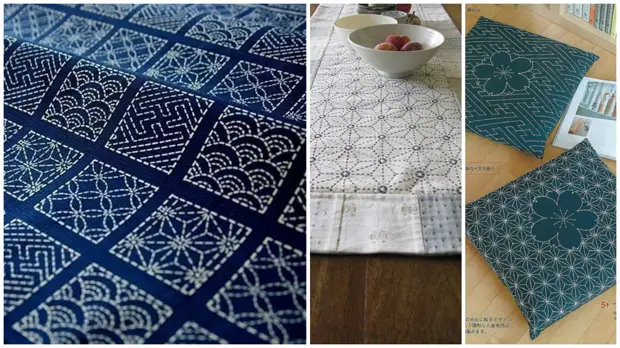
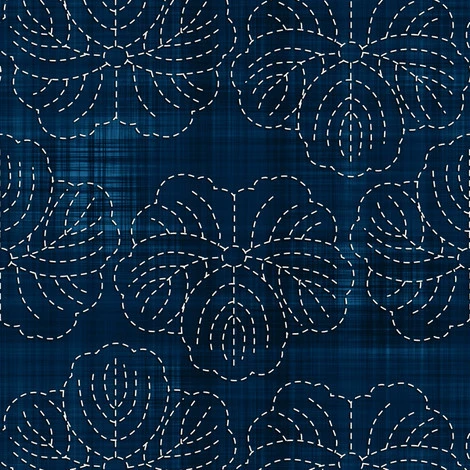
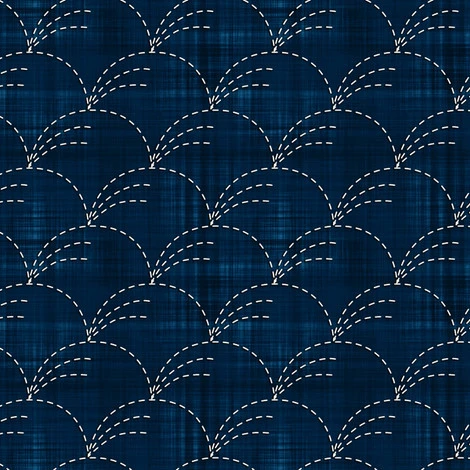
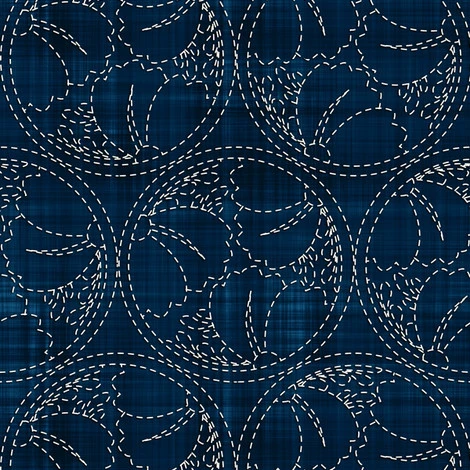
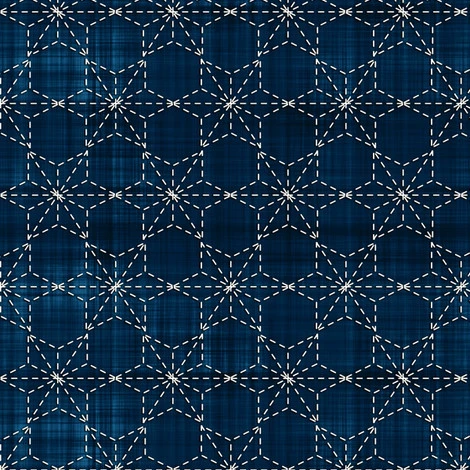
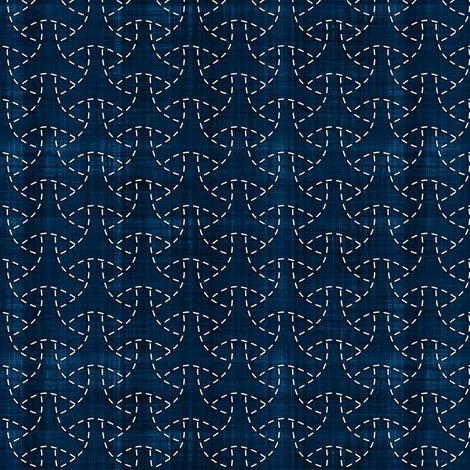
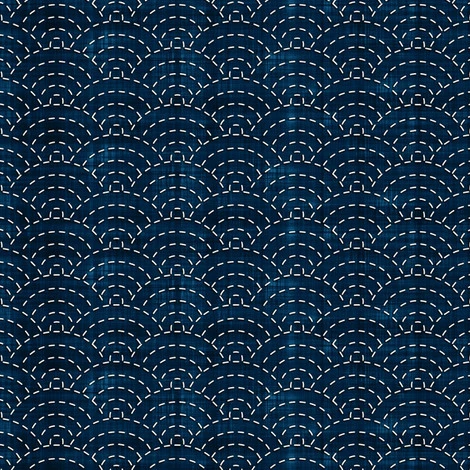
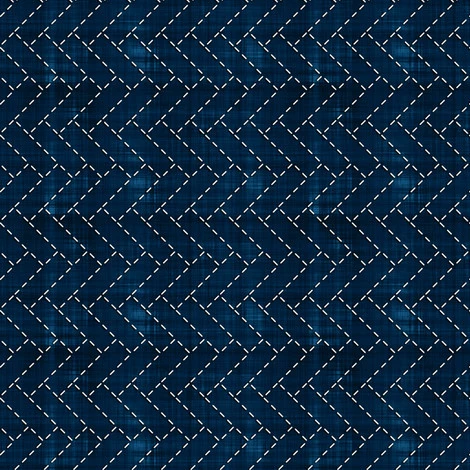
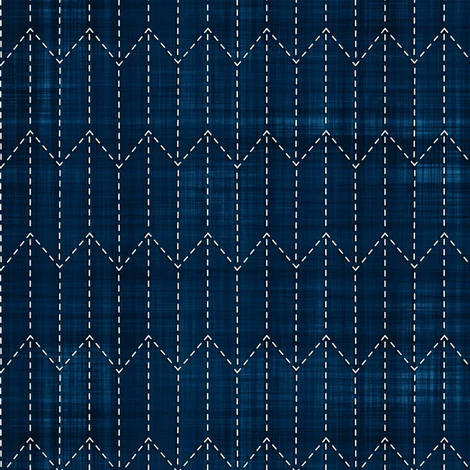
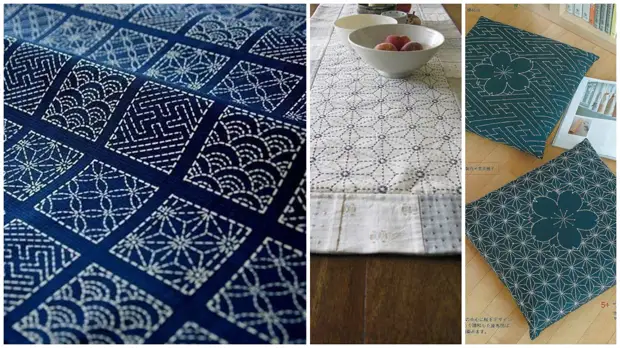
Technique Sashiko is just suitable for this description! It is based on a "trifle" - seam "Forward needles", the easiest of all possible manual seams. Yes, Sashiko was used that, by the way, translated as a "small puncture", for quite practical purposes that are not related to art - it is the seam "Forward needle" rushed clothes for insulation or minimal decorative effect. This is evidenced by the very first sample of Sashiko - a Buddhist silk mantle, dated by the 8th century AD.
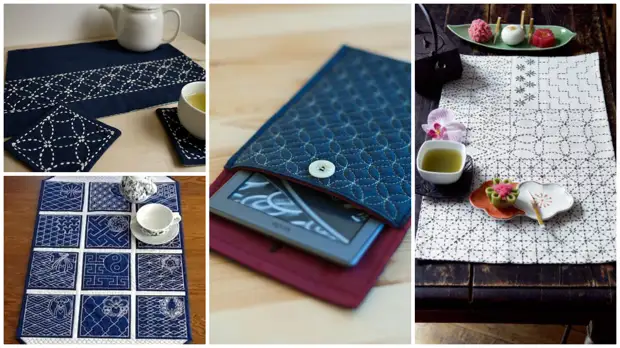
By the 17th century, Sasha gradually, it was gradually formed in a separate embroidery type, which spread among the poor segments of the population. It is easy to note that the prevailing majority of work are made with white threads on dark blue tissues, and this tradition is an explanation - in Edo (17-19th century), the peasants did not have the right to wear bright colorful clothes, but it was allowed to use dyes from Indigo, which means That in each house there were certainly saturated blue fabrics. And since clothing from household materials did not differ in a durability or special heat, and in addition, quickly came into disrepair, people began to shift several layers of fabric together.
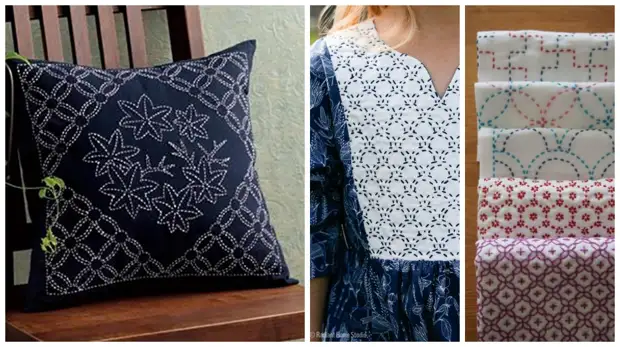
This practical explanation has a more lyrical side - allegedly blue fabric resembles the evening sky, and white stitches are similar to the snowflakes flying from heaven. Perhaps that is why Sashiko got such a spread in the north of Japan, where in winter heavy snowfalls really only leave the classes that embroidery at the hearth.
Later, when the ban on carrying bright patterned tissues was canceled and colorful Japanese cotton became available for everyone and everyone, Japanese needlewomen finally turned the Sasisiko from the need for exquisite art.
For such a long history of existence, Sashiko acquired its own "mythology" of patterns, which the simple people followed with no less faith than faith in traditional deities. For example, a popular pattern in the form of fish scales - "Uroko" - will definitely bring good luck to the fisherman, and the image of the crane or turtle gives longevity.
